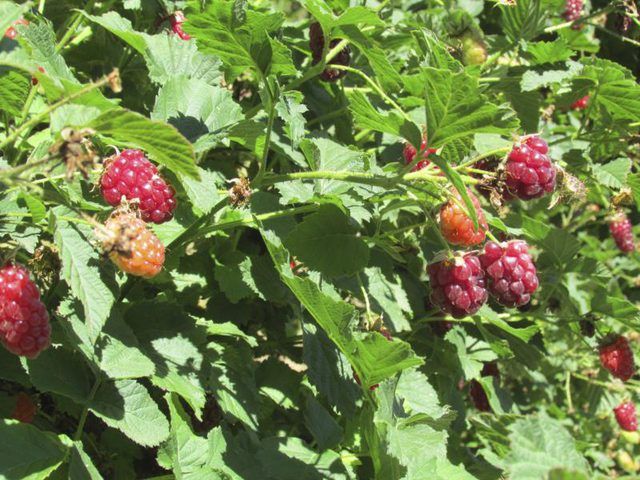Bulbs
Flower Basics
Flower Beds & Specialty Gardens
Flower Garden
Garden Furniture
Garden Gnomes
Garden Seeds
Garden Sheds
Garden Statues
Garden Tools & Supplies
Gardening Basics
Green & Organic
Groundcovers & Vines
Growing Annuals
Growing Basil
Growing Beans
Growing Berries
Growing Blueberries
Growing Cactus
Growing Corn
Growing Cotton
Growing Edibles
Growing Flowers
Growing Garlic
Growing Grapes
Growing Grass
Growing Herbs
Growing Jasmine
Growing Mint
Growing Mushrooms
Orchids
Growing Peanuts
Growing Perennials
Growing Plants
Growing Rosemary
Growing Roses
Growing Strawberries
Growing Sunflowers
Growing Thyme
Growing Tomatoes
Growing Tulips
Growing Vegetables
Herb Basics
Herb Garden
Indoor Growing
Landscaping Basics
Landscaping Patios
Landscaping Plants
Landscaping Shrubs
Landscaping Trees
Landscaping Walks & Pathways
Lawn Basics
Lawn Maintenance
Lawn Mowers
Lawn Ornaments
Lawn Planting
Lawn Tools
Outdoor Growing
Overall Landscape Planning
Pests, Weeds & Problems
Plant Basics
Rock Garden
Rose Garden
Shrubs
Soil
Specialty Gardens
Trees
Vegetable Garden
Yard Maintenance
How to Grow Boysenberries
How to Grow Boysenberries. Boysenberries (Rubus ursinus x ideaus) stand out among other blackberry varieties with their exceptionally large, juicy fruit. Healthy, established boysenberries can live for eight to 10 years, bearing a sizable crop every two years on their biennial canes. Boysenberries need minimal hands-on care and will yield four to...

Boysenberries (Rubus ursinus x ideaus) stand out among other blackberry varieties with their exceptionally large, juicy fruit. Healthy, established boysenberries can live for eight to 10 years, bearing a sizable crop every two years on their biennial canes. Boysenberries need minimal hands-on care and will yield four to eight quarts of fruit per plant each year. They must be planted under the right conditions, however, to produce the best yield.
Climate Considerations
Boysenberries grow best within U.S. Department of Agriculture plant hardiness zones 6 to 9 (Ref 2), although the thornless boysenberry (Rubus ursinus x ideas 'Thornless') also grows in USDA hardiness zone 5. Established plants will withstand temperatures as low as -10 degrees Fahrenheit without protection, although they may need a little extra help if temperatures continue to fall. Lay their trailing canes on the ground and cover them with a thick layer of straw until spring. Remove the straw when temperatures warm, and reposition their canes back on the support trellis.
Sun and Soil Requirements
Boysenberries need six to eight hours of sun exposure daily and moderately fertile, fast-draining soil to perform well. A soil pH between 6.0 and 6.5 is best, although most brambles will tolerate acidity down to 5.8 with no trouble. Amend heavy clay soil or sandy, porous soil with a 2- to 4-inch layer of compost to improve its texture and drainage. Boysenberries need 6 feet of space and a hefty support structure to keep their canes healthy, so choose a planting site with plenty of room away from walkways where people might accidentally brush against their sharp thorns.
Water Needs
Established boysenberries rarely need heavy irrigation, although newly installed plants benefit from regular, deep watering during their first season to encourage root establishment. Provide new plants with 1 inch of water each week, wetting the top 10 inches of soil. Water established boysenberries only if less than 1 inch of rain falls during any 10-day period. Mulch reduces the need for supplemental water, especially in warmer climates. Spread a 3-inch layer of pine needles or straw around each plant to help conserve soil moisture during the summer.
Fertilizer Requirements
Fertilizer needs of boysenberries vary according to the plant's age and the time of year. Newly planted boysenberries benefit from a starter solution two to three weeks after planting. One tablespoon of 12-12-12 analysis fertilizer sprinkled in a 12-inch circle around the base of each plant provides the necessary nutrients. Starting in their second year, boysenberries need feeding only after fruit begins to form. Feed each plant with 1/4 cup of granular 12-12-12 fertilizer. Boysenberry roots can burn when exposed to fertilizer, so always apply fertilizer to wet soil and water deeply afterwards to dilute it.